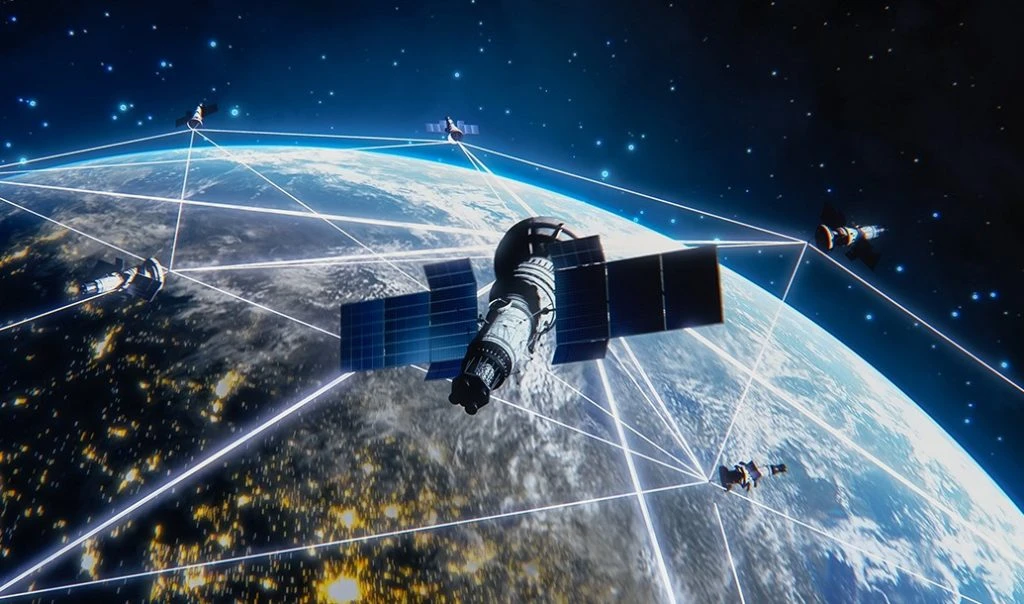
Satellites rely on precise navigation to maintain attitude and complete missions. The core of this system is the star trackers, also called a star sensor. Engineers and satellite operators value its precision highly. Precision directly impacts mission success.
Star trackers mount on satellites or spacecraft as optical instruments. They observe and identify stars in the sky to determine the vehicle’s attitude—or direction. Cameras equipped with CCD or CMOS sensors capture star field images. Then, they compare observed patterns to an onboard star catalog. Astronomers measure this catalog’s thousands of stars with high precision.

The process starts when the tracker’s lens focuses starlight onto the sensor. Algorithms process data to calculate the satellite’s three-axis attitude. Unlike GPS, which fails in deep space or during maneuvers, star trackers provide autonomous, absolute celestial references. Thus, satellites in geostationary orbits, low Earth orbits, or interplanetary missions depend on them.
Engineers measure star tracker precision in arcseconds (“). One arcsecond equals 1/3600 of a degree. This unit shows the device’s angular accuracy in pointing direction. High precision keeps payloads like telescopes or antennas aligned correctly. It prevents data loss or operational failures.
Precision Levels of Star Trackers
Modern star trackers achieve precision from 1 to 30 arcseconds. This varies by model and conditions. High-end autonomous models offer better than 1 arcsecond on transverse axes (pitch and yaw). Roll axis performance reaches about 10 to 25 arcseconds.
Sensor Sensitivity and Noise Equivalent Angle (NEA): Lens aperture, exposure time, and sensor quantum efficiency affect sensitivity. Noise sources like photon shot noise, read noise, and dark current reduce precision.
Star Centroiding Accuracy: Algorithms precisely locate star image centers on the sensor. They achieve sub-pixel precision. Slight defocusing spreads star images over multiple pixels. Thus, centroids calculate errors as low as 0.01–0.05 pixels.
Calibration and Error Sources: Calibration aligns the tracker model with reality. It accounts for focal length, boresight alignment, and distortion. Errors here can amplify inaccuracies.
Environmental and Dynamic Conditions: Precision peaks in static scenes. However, vibrations or rotations cause image blur. This reduces usable stars and increases errors.
Number of Stars and FOV: More stars in the field of view boost redundancy and precision. Detection thresholds (e.g., magnitude 4–5) and galactic position determine average numbers. The galactic plane crowds stars, while poles sparse them. Simulations show large FOVs achieve nearly 100% coverage with at least 3–200 stars.
Send us a message,we will answer your email shortly!